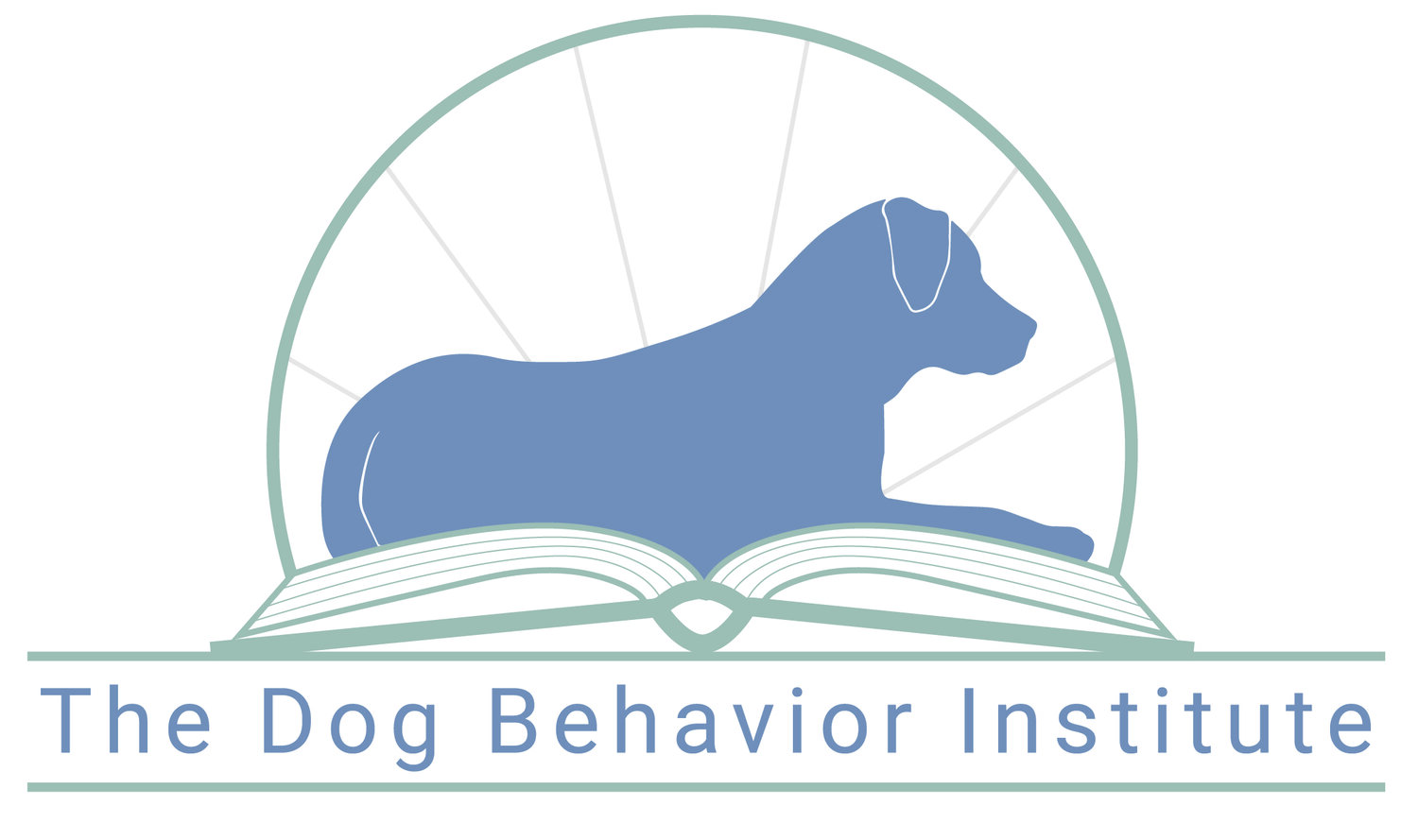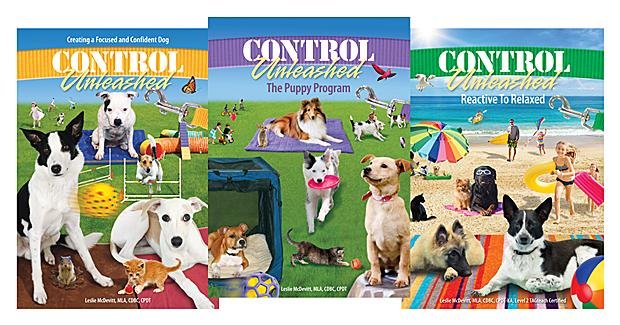What even is Control Unleashed?
By Stephanie Keesey-Phelan, Ph.D., BCBA, CSAT, CCUI, FFCP
The dog we shared our lives with, before Kerby, was a terrier mix named Levi. He was about 45 pounds and looked something like the Tramp from the Disney Movie Lady and the Tramp (see below). Levi had the very terrible fortune to have experienced multiple traumatic incidents with other dogs in his lifetime. It didn’t seem to matter if I was walking Levi on-leash in a neighborhood or on a long-line in a park or wooded trail covered by a leash law, Levi seemed to be a magnet for dogs and conflict. As you can imagine, this resulted in some Big Feelings about other dogs.
Levi
Accessed from: https://disney.fandom.com/wiki/Tramp
I didn’t think much about Control Unleashed again until 2021 when we brought home Kerby, our mini Australian Shepherd. My ideas and approach to dog training had evolved significantly and I was much less interested in teaching Kerby “the basics” like sit, down, come, and heeling on leash. Instead, my priorities were helping him feel safe and secure in our world. Remembering how helpful the Control Unleashed exercises were for Levi, I was delighted to find a CU class for puppies being taught by a colleague about 45 minutes from my house. I was so thrilled with Kerby’s experience in the class that after the first week I signed up for the Control Unleashed Instructor Certification program.
Fast forward two years and Ran and I are both Control Unleashed Certified Instructors (CCUIs) who incorporate CU exercises across quite a lot of our training and even offer a series of Creating Confidence Group Classes that focus on teaching and applying CU exercises.
So what is Control Unleashed?
Control Unleashed was developed by Leslie McDevitt, MLA, CDBC, CPDT-KA, Level 2 TAGTeach Certified. The exercises and strategies were initially devised to help dogs who struggled in fast-paced, distracting dog sports environments and were described in the book: Control Unleashed: Creating a Focused and Confident Dog. This was the program that I first encountered when working through Levi’s challenges.
Over time, the exercises were modified to help any dog who could use support feeling more comfortable and confident across a variety of settings, resulting in an updated book: Control Unleashed: Reactive to Relaxed and a program for puppies: Control Unleashed: The Puppy Program both of which were utilized in the CU puppy class that I took with Kerby.
Most of the CU activities are very easy both for dog and human ends of the leash, making them easy to learn and apply in all types of environments. The use of predictable, reliable patterns is a hallmark of this program. For me and my clients this is one of the most impactful sets of exercises I have used to tackle confidence-building.
Is CU about having control over a dog? Is it about a dog being off-leash?
The answer to both of these questions is a resounding no (and when at DBI, do we ever talk about having control over our dogs? The answer - never!). CU exercises are designed to help us communicate more effectively with dogs. The way this works involves teaching the dog to engage in a fairly simple skill like orienting toward their person, or walking to a specified location in a predictable, repetitive manner. The dog is provided a high rate of reinforcement (read: lots of treats!) for engaging in the target behavior.
When we apply this skill in new settings, we can compare the dog’s response to how they did at home or in an easy setting to determine if our new setting is just as comfortable for our dog or if they are having a harder time. For example, at home if Kerby can repeat a CU skill within 1-3 seconds each time, but out on a walk Kerby takes 4-6 seconds to engage in the skill or doesn’t at all, I have a much greater understanding of how engaged he is. This combined with my observations of his body language can tell me if Kerby is possibly experiencing stress or anxiety. The information about his pace of responding to an easy game that he knows, and my body language observations then empower me to make a change to help Kerby be more successful or I can leave that environment and make some changes to my plan going forward. All of this is to say, CU isn’t about control over our dogs, it’s about giving us a framework for interacting with our pups to best support them.
With regard to the idea of these exercises being used to support off-leash activities, there is no reason why they can’t be used to promote strong off-leash engagement though that is not the express purpose of the CU exercises.
Why do Ran and Stephanie love CU so much?
There are lots of reasons! Here they are:
The exercises tend to be low response effort for both dog and human. This means that, in order to play a CU game, what the human has to do and what the dog has to do typically only has a few steps. Not only that, but the steps do not require a great deal of movement or activity for person and dog to “get it right.” This lends itself to early success for both parties and creates a strong foundation for moving about in the world together with confidence.
A high rate of reinforcement is scheduled for the exercises. This means that the dog gets a treat or reward every time they engage in the target behavior. In dog training you may hear trainers or guardians talk about a desire to fade out treats, but this is not what we do in CU. In CU activities, the reliable rate of reinforcement is what helps make the game predictable for the dog. This is why, almost 3 years later, I can still rely on these skills to help Kerby acclimate to new environments and I feel reasonably confident that if he is comfortable, he will participate. As noted above, if Kerby doesn’t engage with the game, it helps me understand that what I am exposing him to might be too stressful or challenging.
The skills are highly versatile and adaptable. Although there are specific instructions for each exercise, they can be adapted for different human and dog abilities, locations, and settings. They can also be applied across a range of environments.
Kerby as a puppy! I may be biased but… cutest puppy ever?
An anecdote: After Kerby’s successful Puppy CU class, we took a more traditional puppy socialization class at a local shelter. Initially Kerby struggled in a large, busy environment which had 5-6 dogs and their corresponding people across two separated locations. He was unable to engage with me when I asked him to sit or lie down (skills he could do at home). However, what Kerby could do was the CU Ping-Pong game. Once I switched gears from traditional obedience to Ping-Pong, Kerby’s focus increased dramatically leading us to successful participation in the remainder of the class. I was absolutely delighted because I didn’t care if Kerby could sit or lie down in that setting - what I did care about was that he was comfortable and felt safe. When I gave him an easy way to access reinforcers that rested on the structured movement patterns of Ping-Pong he did so much better than when I asked him to be still in a sit or down position. CU games provided a way for me to help introduce Kerby to this setting and led to our success in the class.
Conclusion
At DBI, when we work with dogs with challenges, our approach is to evaluate each individual dog to try to understand what function or purpose their behaviors serve for them. CU exercises will not always be the answer, and they do not represent a function-based treatment in and of themselves. However, their versatility and predictability make them an important part of our toolbox and one that we would love to see more guardians and trainers embrace.





